Though the Rim Fire of 2013 was the third largest conflagration in California’s history, it has improved the ecological health of the forest, while the majority of the iconic landscapes of Yosemite National Park remained unscathed. However, a salvage logging plan approved by the U.S. Forest Service put in danger the regenerating effects of the fire and long-term health of the Yosemite ecosystem. Scientists, conservation groups, local businesses and activists instead called upon the Forest Service to create a Rim Fire National Monument to protect the biodiversity and scenic values of the region for generations to come, but their pleas went unheeded.
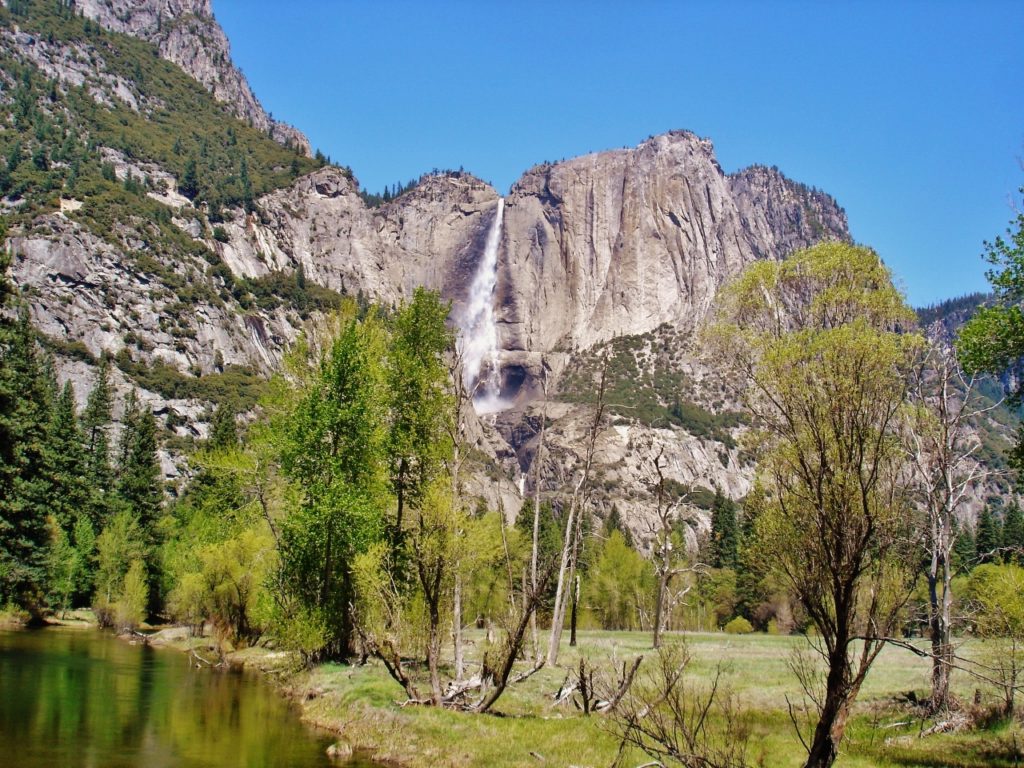

The Sierra Nevada: A Landscape Shaped By Fire
While the California drought continues and the Sierra Nevada snowpack reached a dismally foreboding 18 percent in the winter of 2014, the mountain communities remained on edge. Of course, 2013’s Rim Fire, ignited by a hunter’s illegal campfire in mid-August, was the biggest wildfire to hit the Sierra in more than a century of record keeping. It burned for more than two months, spreading over 154,430 acres of chaparral and timberland in the Stanislaus National Forest, about 24,000 acres of private land and roughly 77,000 acres in neighboring Yosemite National Park.
On the plus side, Yosemite remained open for the 37 million people who visit every year, with the majority of its spectacular granite cliffs, waterfalls, clear streams, Giant Sequoia groves, and biological diversity unscathed. Moreover, thousands of acres affected from the fire have been reopened already, including trails through Hetch Hetchy and the Tuolumne Grove of Giant Sequoias. A 2014 outing with the Outdoor Writers of Association of California (OWAC) confirmed the magic of Yosemite shines bright in the wild high places, the somnolent green meadows of the valley, and the [albeit historically low] spring flows of the waterfalls.
A different version of this essay was published in
EcoWatch: Salvage Logging Near Yosemite? By Jack Eidt
CounterPunch: Yosemite’s Regeneration in a Heating World: Fire Ecology vs the Timber Economy, By Jack Eidt
[cincopa AEMAgv7rWhwl]
Wildfires, Climate Change and Mountain Ecology
Despite the increasing frequency of expansive, high-intensity wildland fires in a warming and drying world, they promote ecosystem health and survival of many plant and wildlife communities. According to a 2014 article by three scientists specializing in fire ecology, large fires create the best habitat, in fact the ecosystem depends upon them. They are natural and necessary to maintain the integrity of dynamic, disturbance-adapted forest systems. The occurrence of large forest fires creates special conditions—standing dead trees (snags), fallen logs, re-sprouting shrubs, naturally regenerating conifer saplings, and nutrient-rich soils that set the stage for the new forest to follow.
“There is no ecological reason to fear or lament fires like the Rim fire, especially in an era of ongoing fire deficit.” — Chad Hanson, from the John Muir Project
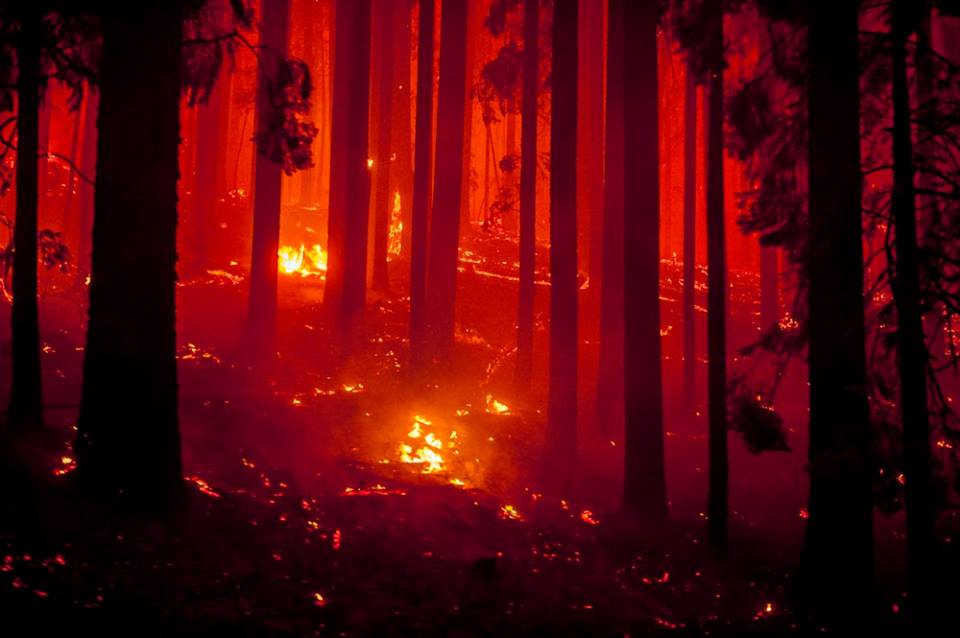

Essentially, the Rim fire created 50,000 acres of what is known as complex early seral forest habitat, a rare and critically important post-fire landscape, with some of the highest levels of species diversity in the Sierra Nevada.
First come the wood-boring beetles, which attract the rare and imperiled Black-backed woodpeckers, followed by cavity-nesting birds and wildlife. Many shrubs and trees have evolved the ability re-sprout from their burned roots and trunks, and some have seeds that germinate best only after intense fire. Many fire-following shrubs like Ceanothus fix nitrogen in soils, allowing nitrogen-hungry conifers and other plants to flourish during natural regeneration. Flowers bloom, mushrooms thrive, insects buzz, squirrels and mice feast on seeds, woodpeckers and flycatchers abound, a symphony of birdsong echoes. Even a creature synonymous with old-growth forests, the iconic Spotted Owl, takes advantage of intensely burned forests to hunt for gophers and woodrats.
The naturally regenerated complex early seral habitat areas are more resilient to climate disruption than those logged or artificially replanted. Yet, decades of fire suppression and post-fire logging have made scarce or decimated this most important habitat.
STORY: Wilderness of Minarets: On the Coyote Trail of Muir and Adams
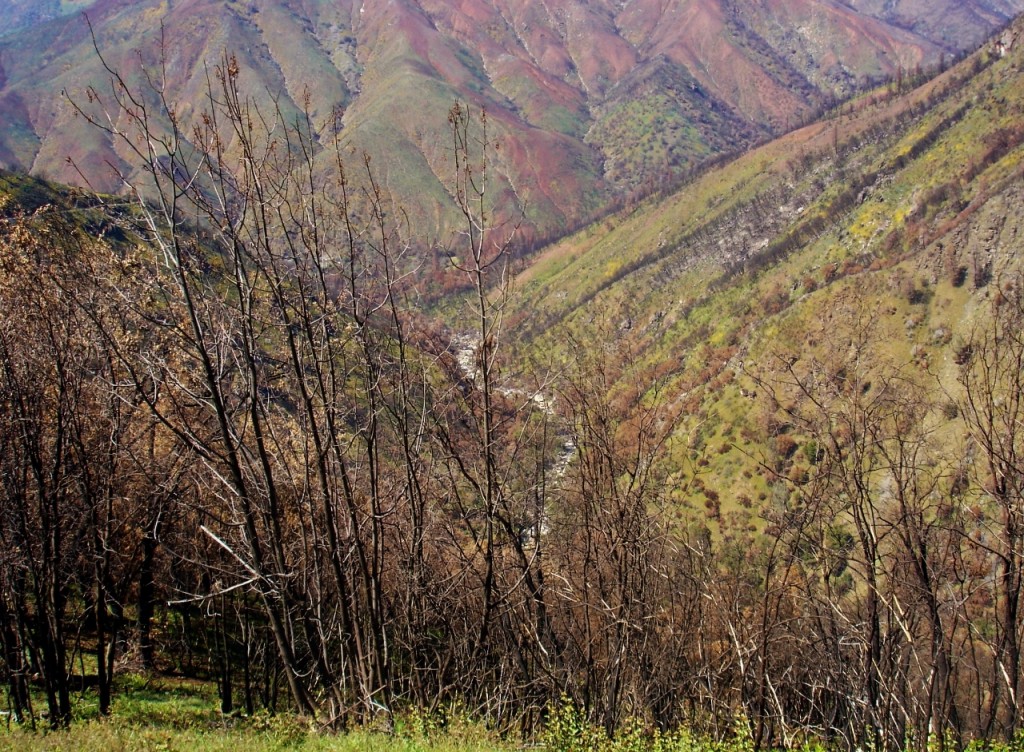

Salvage Logging in the Stanislaus: Fire Means Profit
Unfortunately for the mountains, logging is proposed as a solution to future fire risk, called fuel reduction and salvage logging. In fact, the Forest Service approved a “recovery and rehabilitation” proposal that included logging approximately 30,000 acres of the roughly 103,000 acres of Stanislaus timberland burned, in areas where public safety is not an issue. This yielded more lumber than the combined annual output of all the National Forests in the state. It opened up about a fifth of the National Forest’s burned acres to the road building, industrial machinery, and soil compaction that industrial logging brings with it.
“… the Forest Service salvage logging plans for the Rim Fire would cause real and tangible harm to the ecologically important habitats created by the fire as well as the future biological diversity of the region.” — Center for Biological Diversity and John Muir Project
So-called “fuels” are trees and shrubs that stabilize soils and provide shelter and food for a host of forest-dwelling creatures. Because climate and weather drive fire behavior and frequency, logging trees and clearing shrubs in “fuels reduction” does little to influence the behavior of large fires during extreme weather events. Science does not support this policy, but the US Forest Service has a substantial interest in harvesting National Forest timber, also benefitting from hundreds of millions of dollars in annual taxpayer subsidies for fuel reduction programs.
Moreover, salvage harvests often focus on more economically attractive large old growth standing trees, some of which have survived the fires that prompt the harvests and ordinarily would be protected. Smaller-diameter trees are often left behind in “slash piles” that increase the risk of later fires.


A 2014 study by the Center for Biological Diversity and the John Muir Project recommended rather than industrial scale salvage logging, post-fire management should focus on activities that benefit forest health, water quality and the many species that depend upon fire for their very existence.
Unfortunately, several local environmental groups formed a coalition in support of the salvage logging plan. It was also supported by US Rep. Tom McClintock, whose district covers Tuolumne County, and who introduced a bill to exempt the plan from the usual environmental review. This ill-conceived move shut down the voice of the 200 scientists who wrote Congress opposing the salvage logging plan.
John Buckley, executive director of one of those supporting environmental groups (Central Sierra Environmental Resource Center), said: “It is far more logical to have the industry remove dead trees with a return for taxpayers than to let the wood deteriorate so it loses saw log value. In that case, taxpayers would end up having to pay huge amounts of money to remove the dead wood to reduce unsafe fuel levels. Delay makes no sense.”
Scientists would counter that the dead wood is not unsafe fuel, it is endangered woodpecker habitat and a force of ecosystem regeneration.
Yet Buckley to his credit expressed several concerns, according to an LA Times report. He opposed plans to build permanent new roads in the burn area, including a segment that would punch into a wild portion of the Clavey River canyon that Buckley said harbors one of the last surviving blocks of low-elevation, old-growth trees in the Stanislaus.
He worried that logging 1,300 steep acres using a cable system — in which logs are suspended from cables and hauled to roads — would accelerate erosion. And he questioned whether the Forest Service would leave enough large, dead trees that birds and other wildlife use for nesting and foraging. “It just doesn’t make sense to debate salvage logging in sensitive areas or to build controversial new roads when there are hundreds of millions of board feet of salvage trees that can be logged on noncontroversial sites,” Buckley said.
Though the Environmental Assessment for salvage logging along the region’s highways has already been approved, the Environmental Impact Statement (EIS) for the Rim Fire Recovery Plan comment period ended in June 2014 and can be accessed here. The plan was approved in September of 2014.
STORY: Baja California: An “Earthly Paradise” in the Desert
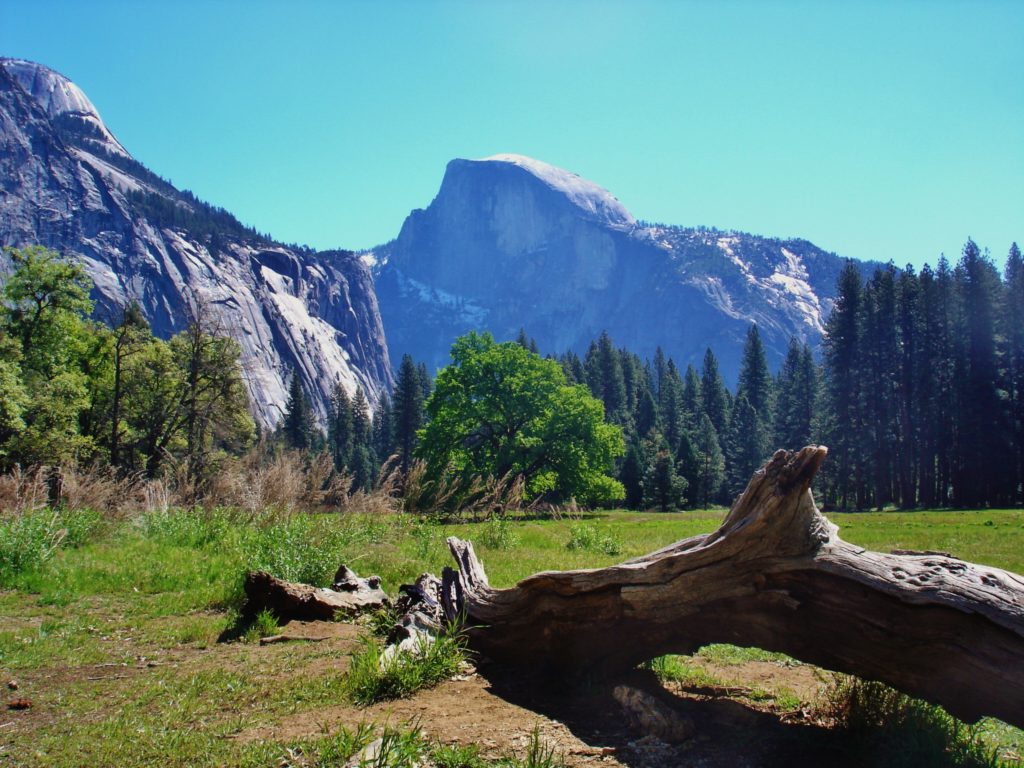

Into the Wild Majesty of the Park
Yosemite National Park is one of the largest and least fragmented habitat blocks in the Sierra Nevada and will not be subject to salvage logging. Almost 95 percent of Yosemite is designated wilderness, first protected in 1864, but then later expanded through the work of John Muir. The original name for the valley was Ahwahnee, or “mouth.” The name Yosemite was a corruption of the southern Paiute word for grizzly. From the middle of the 19th century until 1914, when Yosemite became a national park, a concerted and at times violent effort was made to rid Yosemite of its natives, small bands of Sierra Miwok and Ahwaneechee Paiute People who had settled in the valley 3,000 to 4,000 years ago.
Despite that ignoble history, tied to mining and land interests, the protection of the park’s old growth forests continues, and people from around the world can enjoy the wonderful mists of Bridalveil and Yosemite Falls, and the majesty of Half Dome and El Capitan.
Trip with the Outdoor Writers Association of California (OWAC), sponsored by the Tuolumne County Visitors Bureau, guided by John DeGrazio and photographer Al Golub from YExplore Global Adventures, with transportation by Mother Lode Adventures and Charter Services. Thanks to the Best Western PLUS Sonora Oaks Hotel for hosting the conference.
Updated April 2, 2016

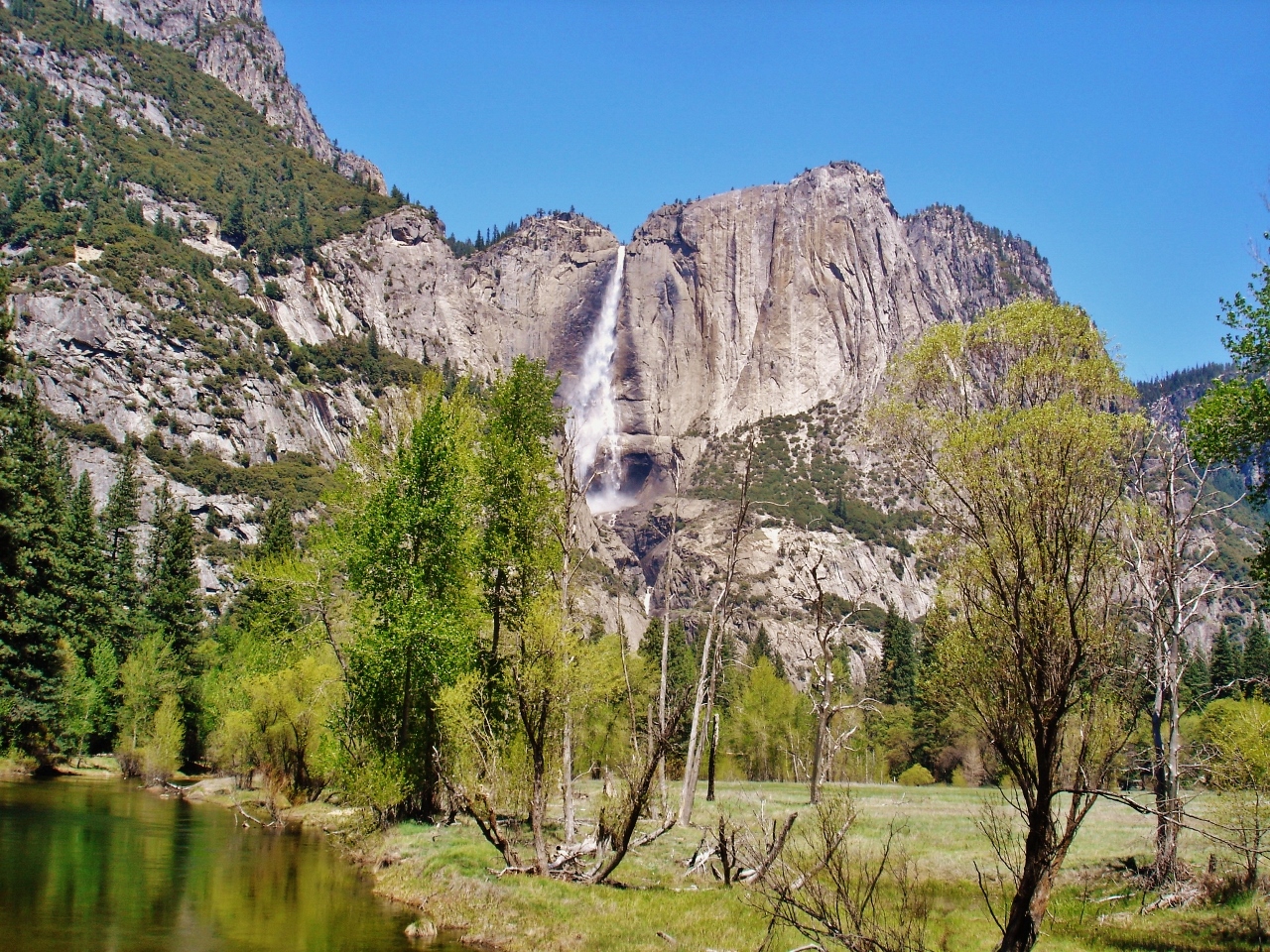











Pingback: Fire Ecology
Pingback: Protect Greater Yosemite Ecosystem from Salvage Logging | WilderUtopia.com
Pingback: Walking Water: Eastern Sierra Pilgrimage of Healing the Drought | WilderUtopia.com
Pingback: Winds and Wildfires, On Overcoming California Climate Chaos | WilderUtopia.com
Pingback: Wildfire Risk: Retrofit Communities, Not Forests | WilderUtopia.com
Pingback: The Edge of Yosemite Comes Alive in Tuolumne County
Pingback: Reforest the Earth: Planting Old Growth Trees in Fight Against Climate Change